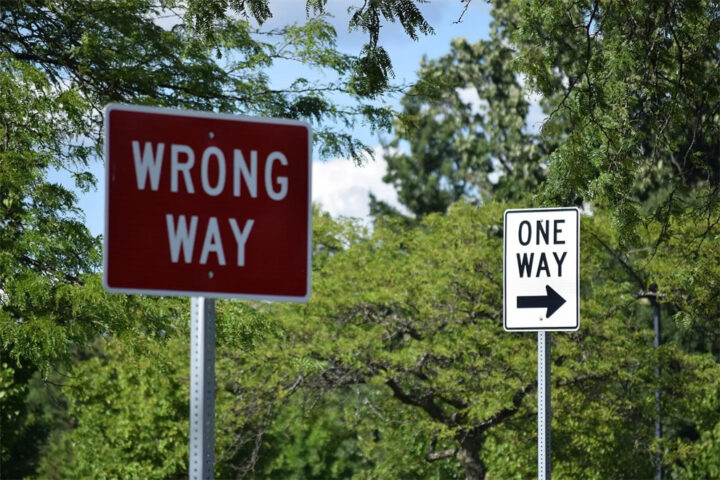Massive floods shut down the centre of Australia's third-largest city, sent
thousands fleeing from their homes and sparked panic buying of
food on Wednesday as rescuers searched for 51 people missing
in floodwaters.
Australia's biggest floods in a century have so far killed
16 people since starting their onslaught across northern
mining state Queensland last month, crippling the coking coal
industry, destroying infrastructure, putting a brake on the
economy and sending the local currency to four-week lows.
The flood surge is expected to peak in Brisbane, a
riverside city of two million people, before sunrise on
Thursday and last for days. However, the peak hit Ipswich, a
satellite town to the west, late on Wednesday.
"The water is rising and swallowing up the city. It's
really heartbreaking," said Ipswich Mayor Paul Pisasale.
More than 1,500 Ipswich residents sheltered in evacuation
centres, but others fled their homes with little more than
what they are wearing, as floodwater rose around the city.
Pisasale said the flood peak on Wednesday at 19.4 metres
was about a metre below expectations, saving some 6,000 homes
from flooding. Brisbane authorities slightly downgraded their
flood peak forecast to 5.2 metres for Thursday.
Brisbane residents on Wednesday pushed food-laden shopping
carts through submerged streets, others waded in shoulder-high
water to rescue possessions, while boats and pontoons were
ripped from moorings in the Brisbane River and smashed into
bridges as the muddy brown tide gathered strength.
At flooded intersections people paddled surfboards through
floodwaters, balancing their possessions on the deck of the
boards, while boats ferried evacuees to dry ground.
"I am feeling a sense of horror and awe at the power of
the river. Sadly in coming hours we will see bits of people's
homes float down the river," Brisbane Mayor Campbell Newman
said, warning the torrent could take three to four days to
subside.
Economists have raised their estimates of the economic
impact of the flooding, with one central bank board member
saying on Wednesday the disaster could cut 1 percent off
growth — equal to almost $13 billion, double the previous
highest estimate. [ID:nSDYBCE7YF]
The Australian dollar sank to a fresh four-week low of
$0.9803 on the comments from Warwick McKibbin, an academic and
a member of the central bank's policymaking board.
Treasurer Wayne Swan in November forecast GDP growth of
3.25 percent in the 2010-11 fiscal year, up from a 3.0 percent
projection, but said spending would be cut to ensure a surplus
of A$3.1 billion or 0.2 percent of GDP in 2012/13.
Food prices are surging around the country as the floods
ruin Queensland crops and distribution networks. Prices for
tomatoes have leapt about 200 percent in two weeks, while beef
is up 11 percent and wheat has risen 4 percent in four months.
Rescue crews took advantage of some rare sunshine to look
for 51 people still missing from tsunami-like flash floods
that tore through townships west of the city this week.
BRISBANE A DESERTED CITY
In Brisbane, thousands of homes and businesses were
deserted as swirling floodwaters rose in and around the city,
forcing residents to flee with a few possessions to higher
ground and to evacuation centres crowded with more than 3,500
people.
"If you start to see water in your yard, get out. Take
your family and get to safety. This water could rise very,
very quickly," Queensland state premier Anna Bligh told
reporters, predicting almost 20,000 homes could be flooded at
the river's peak in what she called Queensland's worst natural
disaster.
Some Brisbane residents tried to carry on as normal, with
with early-morning joggers running even though parts of their
routes were underwater. Others were distraught.
"This is my whole life, everything is gone. I never
thought it would get this bad," said Kim Hung, manager of the
Salt 'n' Pepper catering business, as two friends floated a
coffee machine toward higher ground.
As the waters rose strangers formed human chains,
sometimes in chest high water, to pass family possessions from
flooded homes to dry land and into cars and trucks and safety.
Raw sewage began spilling into the river and creeks,
prompting authorities to warn of heightened disease risk as
spillage from damaged water treatment works polluted the
floodwaters.
Dams built to protect Brisbane and outlying towns were
spilling floodwaters into swollen rivers. The Port of Brisbane
was closed, shutting down Australia's third-busiest container
port and a 5 million tonnes per year coal-loading facility.
Australia exports more than half the world's coking coal,
which is used in steel manufacturing, and is also the
second-biggest exporter of thermal coal used for power
generation.
Power company Energex shut power to some low-lying areas
of Brisbane, including parts of the financial district, for
fear that live power lines could electrify floodwaters. Some
78,000 homes in the southeast of Queensland were without
electricity.
'TERRIFYING, CHAOS'
Prime Minister Julia Gillard arrived in Brisbane to
inspect the devastation and said she was deeply concerned
about the impact on jobs and livelihoods.
"I have been shocked. I think we've all been shocked by
the images of that wall of water just wreaking such
devastation. The dimensions of it are truly mind-boggling,"
Gillard said.
The floods have been blamed on a La Nina weather pattern
in the Pacific, with Australia recording its third-wettest
year on record in 2010, with two wet-season months to go.
Weather officials are also forecasting an above-average
cyclone season.
As the Queensland floods and rains move south, major
rivers in New South Wales state have begun flooding or
threatening to break their banks, forcing 3,000 people to
leave some rural areas. In Victoria state in the southeast,
heavy rain caused flash flooding and landslides, prompting
fears a lake near Horsham could break its banks.







